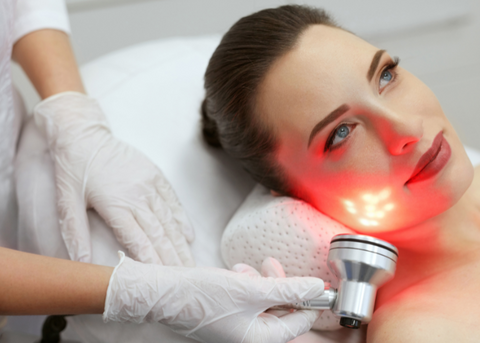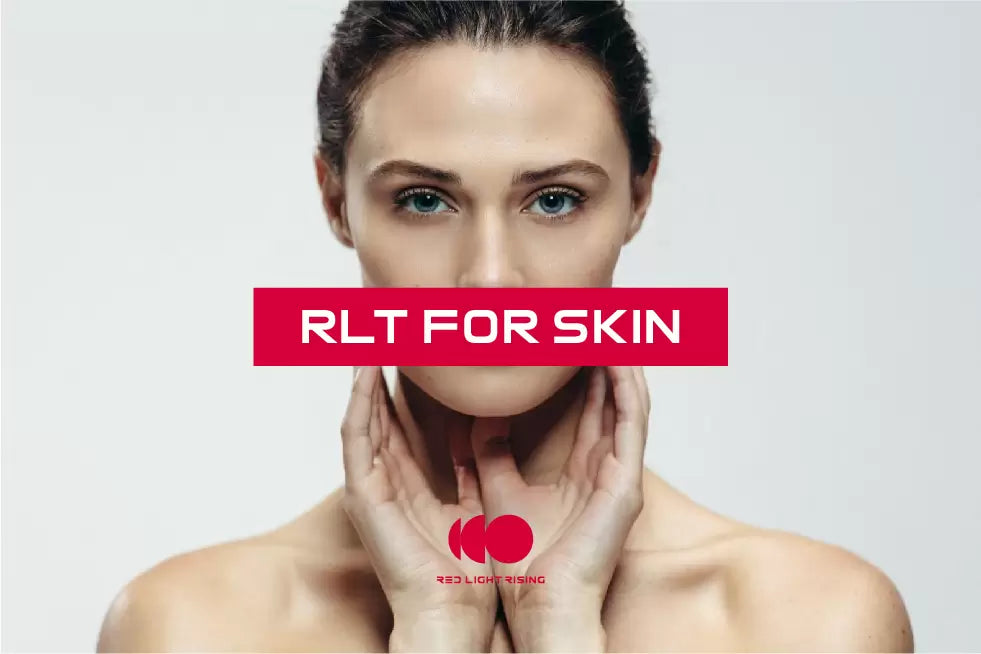Exploring Red Light Therapy for Skin Care
Today's discussion focuses on the utilization of Red Light Therapy (RLT) in the realm of skin care, delving into its application and the underlying principles that govern its use.
- Understanding the Skin
- Mechanisms of Red Light Therapy
- Research on Red Light Therapy and Skin
- Conclusion
Understanding the Skin
The skin, our body's largest organ, serves as a protective barrier, regulates temperature, and allows sensory interactions. It comprises three primary layers: the epidermis (surface layer), the dermis (middle layer containing connective tissue, hair follicles, and sweat glands), and the hypodermis (deeper layer consisting of fat and connective tissue). The penetration depth of red and near-infrared light varies, with longer wavelengths reaching deeper into the skin.

Mechanisms of Red Light Therapy
RLT involves specific wavelengths of light, aiming to support various skin functions. This section of the blog originally intended to explain how RLT might influence skin cells, suggesting potential effects on collagen production, inflammation, and overall skin health.
Research on Red Light Therapy and Skin
Various studies have been referenced to demonstrate RLT's application in skin care. These studies explored its potential in areas such as skin rejuvenation, inflammation reduction, and collagen production. Significant findings from these investigations include observations on skin condition improvements, collagen density changes, and effects on specific skin concerns like acne and scarring.
- For skin rejuvenation, a 2013 study observed the impact of RLT on 136 individuals, noting changes in skin appearance and collagen density.
- A 2017 trial focusing on wrinkle reduction involved 30 women undergoing RLT treatments, with reported improvements in skin texture.
- Research into the treatment of sunburn with RLT found notable enhancements in skin tone and smoothness.
- The effects of RLT on acne were examined in a 2008 trial, showing a reduction in acne severity and sebum production.

Conclusion
The exploration of RLT in skin care highlights its broad potential, supported by various studies. While RLT presents a promising avenue for skin health and rejuvenation, it's essential to approach its use with informed caution and consider professional guidance.
For individuals interested in this therapy, it's recommended to consult healthcare professionals to understand how RLT might fit into their skin care regimen, considering the specific needs and conditions of their skin.
Sources of Information:
- A Controlled Trial to Determine the Efficacy of Red and Near-Infrared Light Treatment in Patient Satisfaction, Reduction of Fine Lines, Wrinkles, Skin Roughness, and Intradermal Collagen Density Increase. PubMed
- Effects of radiofrequency, electroacupuncture, and low-level laser therapy on the wrinkles and moisture content of the forehead, eyes, and cheek. PubMed
- The use of light-emitting diode therapy in the treatment of photoaged skin. PubMed
- Evaluation of scars in children after treatment with low-level laser. PubMed
- Non-invasive diagnostic evaluation of phototherapeutic effects of red light phototherapy of acne vulgaris. PubMed

